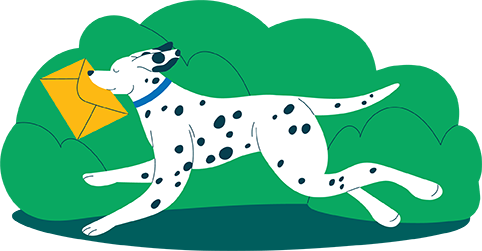Physical Wellness: Getting a Better Night's Sleep
%20(1).png)
March 10, 2023
You have likely heard of white noise, but have you heard of green noise? What about brown noise? Or pink noise? There are a variety of noise colors out there, and they can all help with different aspects of your life, including sleep. Sleep is a key part of overall physical health, especially for hospital team members who often experience stressful situations at work. Stress can significantly impact sleep and often results in sleeping less than the recommended eight hours a night. With Sleep Awareness Week around the corner (March 12-18), we’ve put together some information on how noise can positively affect your sleep.
Over the last 20 years, and through the well-known theory of stochastic resonance, scientists have uncovered evidence that sounds like white, brown, and pink noise may help the brain to focus, sleep, or relax (McDonnell & Abbott, 2009). No research suggests that a specific kind of noise is the key, so it depends on the individual. Frequencies can activate and stimulate the brain in different ways, so it takes some trial and error to find out if these types of noise can help you sleep.
White noise is the largest category that captures all frequencies in the spectrum you may hear. Green noise is a frequency of white noise and the reason it is named green noise is because it reminds listeners of being in nature. It can remind people of things like a gentle wind, calm ocean waves, or waterfalls. The frequency of green noise is around 500 Hz and, because it can remind people of soothing sounds, it can be used as a sleep aid.
Brown noise, on the other hand, has a lower, deeper quality. It reminds many of things like a gentle storm. According to a recent study published in Sleep Medicine, researchers have found that listening to brown noise helped people stay asleep longer.
Both green and brown noise have taken social media by storm in recent months. Many claim that listening to these noises while falling and staying asleep allows their brains to feel calm and absent from racing thoughts and self-talk. The same study showed that listening to brown noise can help people fall asleep more quickly than listening to white noise.
You can check out green and brown noise (and all of the other colors!) on Youtube, Spotify, or any other platform where you can hear or download music.
Written by: Saajan Bhakta, PhD (Psychology), Certified Compassion Fatigue Professional, Director of Wellness & Transitions




